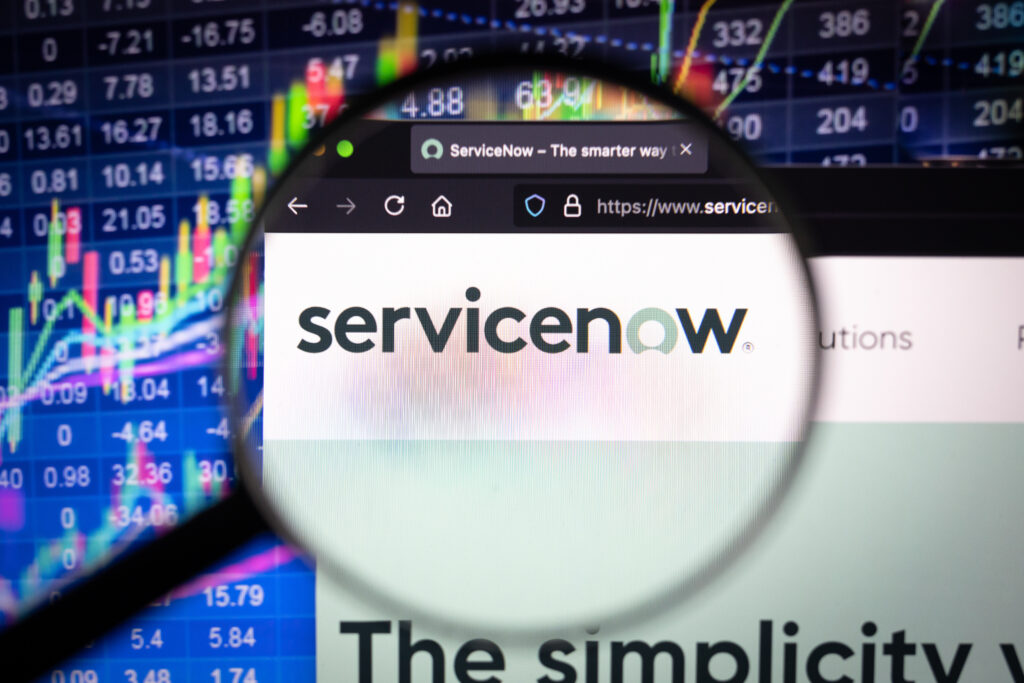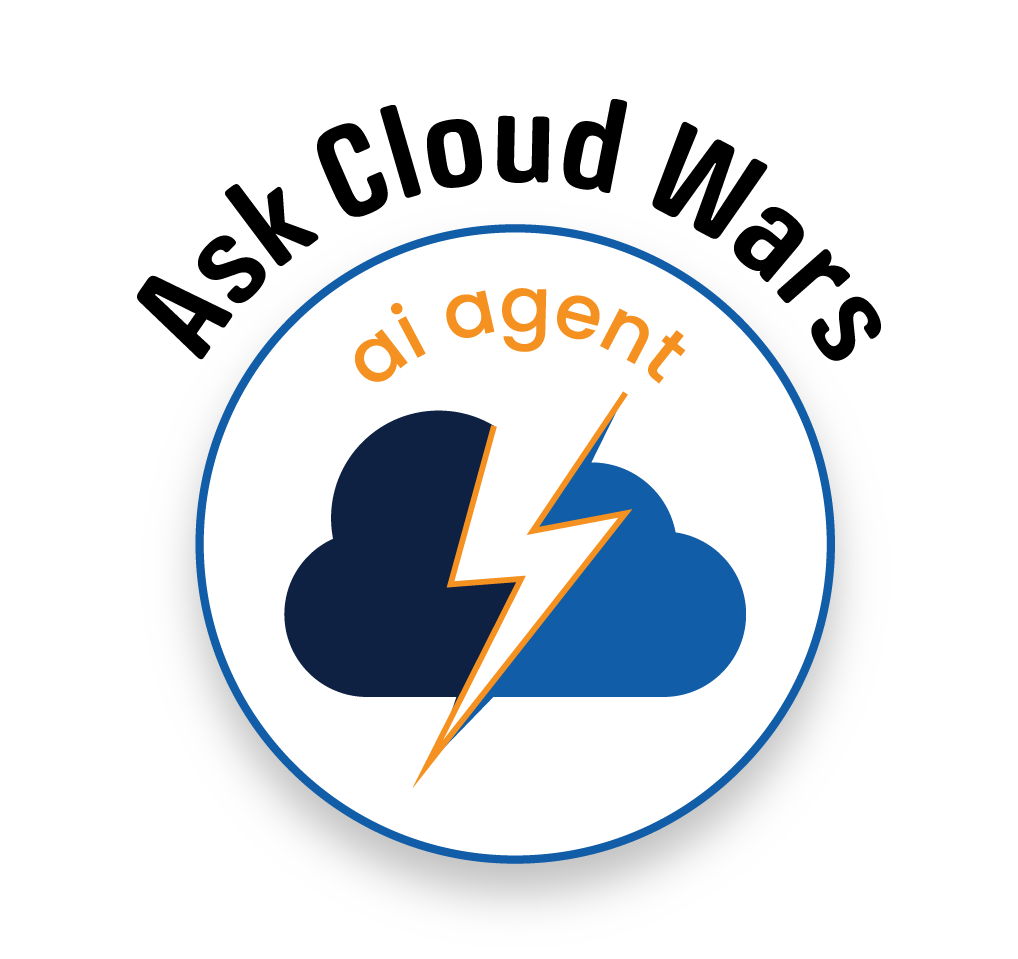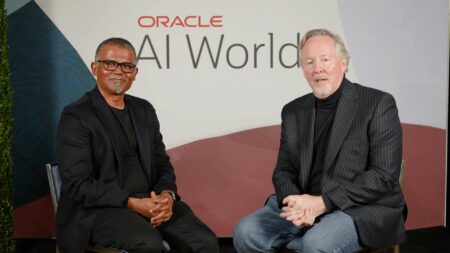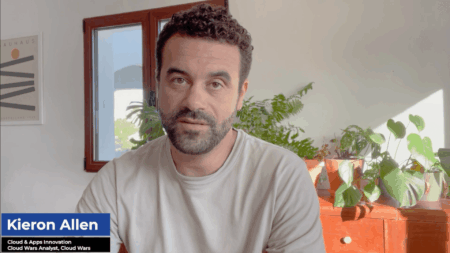
Digital transformation in the telecommunications industry is in full swing, as telcos fully embrace the game-changing capabilities of cloud computing, IoT, and data analytics. Now, with the advent of GenAI, new competitive dynamics have emerged.
ServiceNow made two announcements at the recent Mobile World Congress in Barcelona, Spain, that could give it a competitive edge in the sector. I’m going to break down the deetails and explain how the two initiatives support telcos’ digital transformation.
GenAI for Telcos
ServiceNow has expanded its relationship with NVIDIA and with a focus on delivering industry-specific GenAI for telcos. The first deliverable is Now Assist for Telecommunications Service Management (TSM). Built on the Now Platform, it uses NVIDIA AI to support AI-driven and automated processes. TSM will support business-critical use cases in the telco sector, including:
Customer support: Telco customer service agents will be able to utilize GenAI-powered chat summarization and agent assist capabilities that will help to improve efficiency and expedite call deflection. The technology will accelerate time to resolution and enrich the overall customer experience.
Ask Cloud Wars AI Agent about this analysis
Service assurance: The new GenAI capabilities TSM provides will also improve incident response. The technology will help interpret technical information and summarize cases, expediting time to resolution and reducing costs.
“GenAI is a game-changer for telcos looking to boost productivity, improve customer experiences, and drive cost savings with its ability to learn and improve with each use,” said Rohit Batra, general manager, and vice president for telecom, media, and tech at ServiceNow.
“Together, ServiceNow and NVIDIA will help telcos realize unprecedented business value and impact, fast. This is just the beginning of a large-scale transformation for the industry, and we’re excited to be at the forefront.”
Acquisition Supports Telco Business Transformation
ServiceNow has also signed an agreement, expected to be completed by Q2 2024, to acquire NetACE network management and automation technology from the Israel-based Atrinet, with the objective to help ServiceNow expedite business transformation for its telco clients.
NetACE technology will be incorporated into the Now platform to deliver more robust workflow connectivity and enable better cohesion across telco networks through end‑to‑end network lifecycle management. Using the newly integrated technology, telcos can utilize a low-code tool to automate critical use cases such as discovery, provisioning, and network management processes.
“The power of ServiceNow is its ability to connect the entire telecommunications stack on a single platform,” said Batra. “By adding Atrinet’s discovery and activation capabilities into our Telecom industry products, we’re helping service providers manage the entire network lifecycle—driving productivity up and costs down.”
Closing Thoughts
With the global telco industry expected to reach a value upwards of $2.5 trillion by 2030, it’s no surprise that ServiceNow is upping its investment in the sector. However, what is particularly interesting about this duo of announcements is the two-pronged approach the company is taking.
On the one hand, a move towards developing GenAI functionality for telcos fits with the current trajectory of other technology providers. With NVIDIA as a partner, the two companies make a formidable team.
Yet, ServiceNow hasn’t ignored the other technologies that benefit operators in the telco industry, and the acquisition of a technology that brings new functionality supercharges an already powerful platform while responding directly to customer pain points.

Register for Acceleration Economy’s Cloud Wars CEO Outlook 2024 Course, now available. Featuring exclusive interviews on strategy, AI, and customers with the CEOs of Cloud Wars Top 10 companies.










